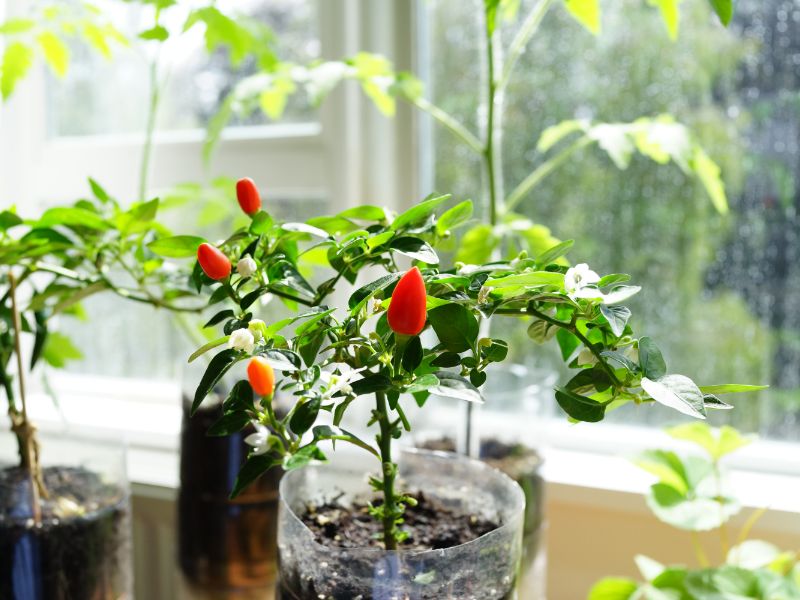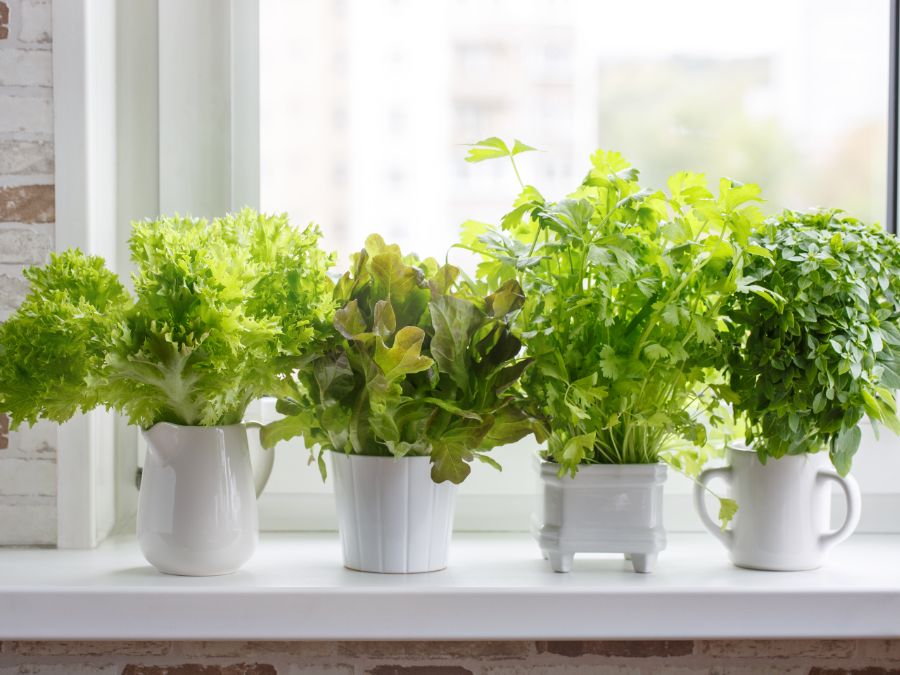We’re thrilled to guide you on your journey to creating your own indoor herb garden! From selecting the right herbs to harvesting your bounty, we’ll cover all the essentials. We’ve mastered the art of indoor gardening and can’t wait to share our tips and tricks with you.
Let’s transform your home into a lush, aromatic haven with the simple addition of an indoor herb garden. It’s easier than you’d think, and we’re here to show you how!
Choosing the Right Herbs
So, which herbs should we choose for our indoor garden? We’re spoiled for choice, but let’s start with the basics. Basil, chives, parsley, and thyme are great options. They’re not only easy to grow but also versatile in cooking. We can also consider mint. It’s a vigorous grower, though, so we’ll need to keep it in its own pot to prevent it from taking over.
Rosemary is another good choice, but it needs plenty of light and well-drained soil. We should avoid herbs that require a lot of space or sunlight, like dill or cilantro unless we’re ready for the extra challenge.
Selecting the Ideal Location
Once we’ve picked out our herbs, we need to zero in on the perfect location for our indoor garden. It’s not just about having a free corner, it’s about finding a place that ticks all the right boxes. Most herbs need at least 6-8 hours of sunlight daily, so a south or west-facing window is ideal.
We’d avoid placing them near heat vents or drafty windows, temperature extremes aren’t good for them. High-humidity areas like kitchens can be great, but ensure there’s sufficient air circulation to prevent mold. Also, let’s consider convenience.
We’re more likely to use our herbs if they’re within reach when we’re cooking.

Understanding Basic Herb Care
Caring for our indoor herbs involves understanding their unique needs and nurturing them accordingly. Each herb has different requirements, but there are some basic care tips that apply to most.
Firstly, we’ll need to provide adequate lighting. Most herbs thrive in bright, indirect sunlight. Watering is equally important, but we should avoid overwatering as it can lead to root rot. We should aim to keep the soil moist, not soaked.
Additionally, regular pruning helps our herbs grow bushier and more productive. We shouldn’t forget to feed them with a balanced fertilizer every few weeks, especially during growth periods.
Lastly, it’s crucial to monitor for pests and diseases. Early detection and intervention can save our indoor herb garden from considerable damage.
Essential Tools for Indoor Gardening
What essential tools should we have on hand when setting up our indoor herb garden? First, we’d need small pots or containers with drainage holes. These are crucial for preventing water from pooling and damaging our herbs’ roots. Next, we’d require a watering can with a long spout for ease of watering. A pair of sharp pruning shears are also necessary for regular trimming and promoting growth.
We can’t overlook the importance of a good quality soil mix, specifically designed for indoor plants. It’s also recommended to have a spray bottle for misting our herbs, as this can help increase humidity levels.
Lastly, a grow light could be essential if our indoor space doesn’t get enough natural light. With these tools, we’re well-equipped for successful indoor gardening.

Harvesting and Using Your Herbs
After nurturing our indoor herb garden with dedication, it’s finally time for the rewarding process of harvesting and using our herbs. We should harvest when the plants are mature, usually before they flower, for maximum flavor.
We’ll snip the stems, leaving a few inches for regrowth. We’ll then use our freshly picked herbs immediately for the best taste or preserve them for later use.
We can dry them, freeze them, or infuse them in oil or vinegar. Adding our homegrown herbs to our dishes won’t only enhance their flavor, but also provide us with the satisfaction of eating healthy and self-grown food.
It’s a delightful journey from planting to the plate, filled with learning and fulfillment.
We’ve navigated through choosing the right herbs
selecting the perfect spot, understanding the basics of herb care, gathering essential tools, and finally, harvesting and using our herbs. With this knowledge, we’re now ready to create our own indoor herb garden.
Let’s embrace this green journey, reaping the benefits of fresh, organic herbs right from our home. Let’s grow together!






